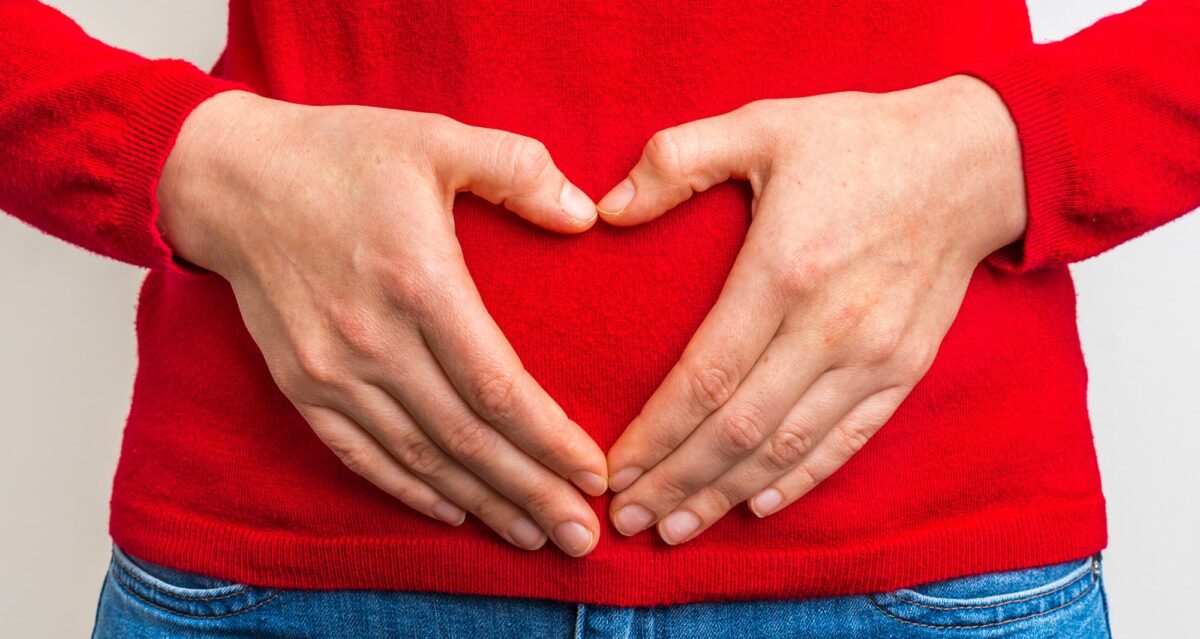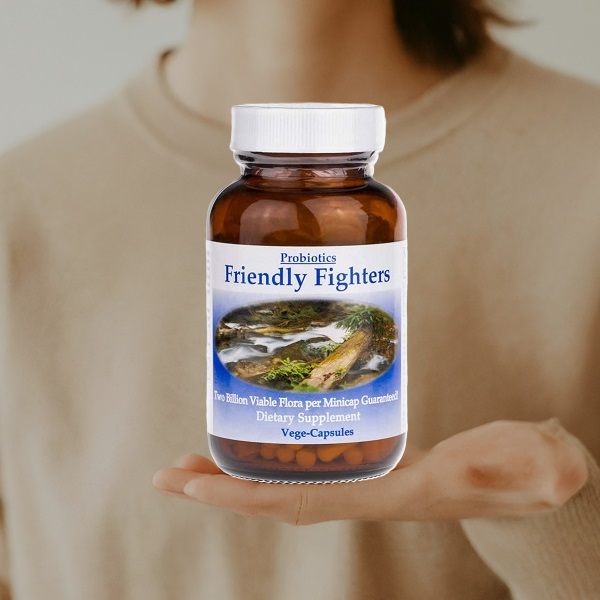A Population-Based Study
International Journal of Clinical Rheumatology
Adlene J Jebakumar; Prabhu D Udayakumar; Cynthia S Crowson; Eric L Matteson
Int J Clin Rheumatol. 2013;8(4):433-437
Discussion
The co-occurrence of gout and RA is rarely reported. In addition to the widespread belief that gout and RA do not, or rarely, coexist in the same patient, it can be difficult to clinically differentiate RA from polyarticular tophaceous gout especially when gout involves the hands. Only 33 cases with coexisting RA and gout have been reported in the English literature prior to this study. These include a report of eight cases of coexisting RA and gout between 1994 and 2005 at Chang Gung Memorial Hospital (Taiwan); this report also included the features of 24 previously reported similar cases in the English literature.[8] A further case with coexisting chronic gout and RA was reported in 2007.[9] Of these 33 previously reported cases, 23 had gout preceding the diagnosis of RA, whereas in our study, only six out of 22 patients had a diagnosis of gout prior to incidence of RA.[8,9] All the previously reported cases of coexisting gout and RA had microscopic evidence of monosodium urate crystals in the synovial fluid or tophus. Rheumatoid factor was present in 24 out of the 33 previously reported cases compared with 14 out of 22 cases in our study. There was predominance of males, with 23 out of the 33 previously reported cases affecting men similar to our findings.[8,9]
Continue reading “Occurrence of Gout in Rheumatoid Arthritis: It Does Happen!”









